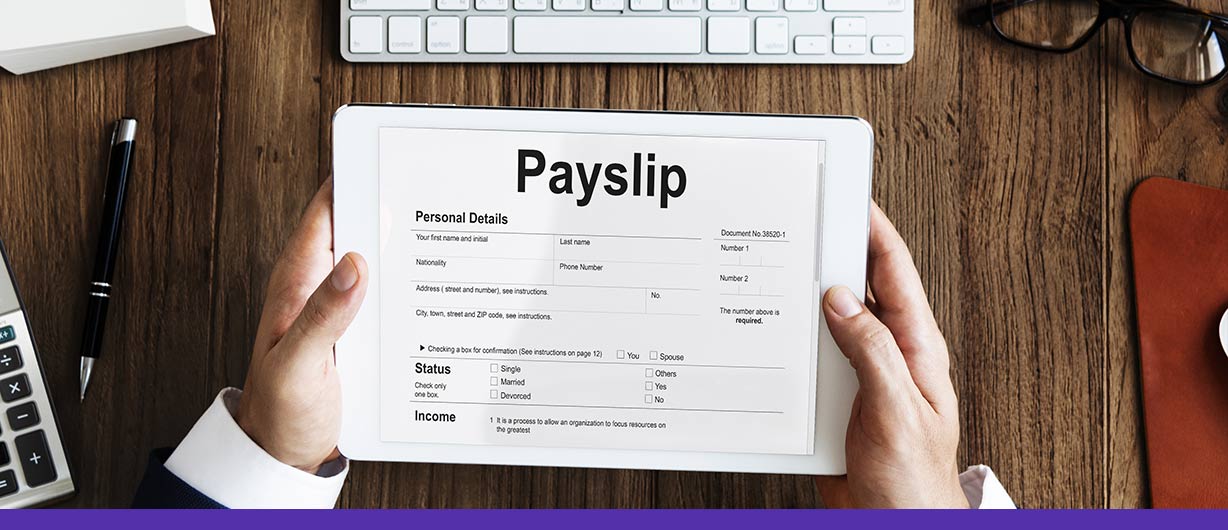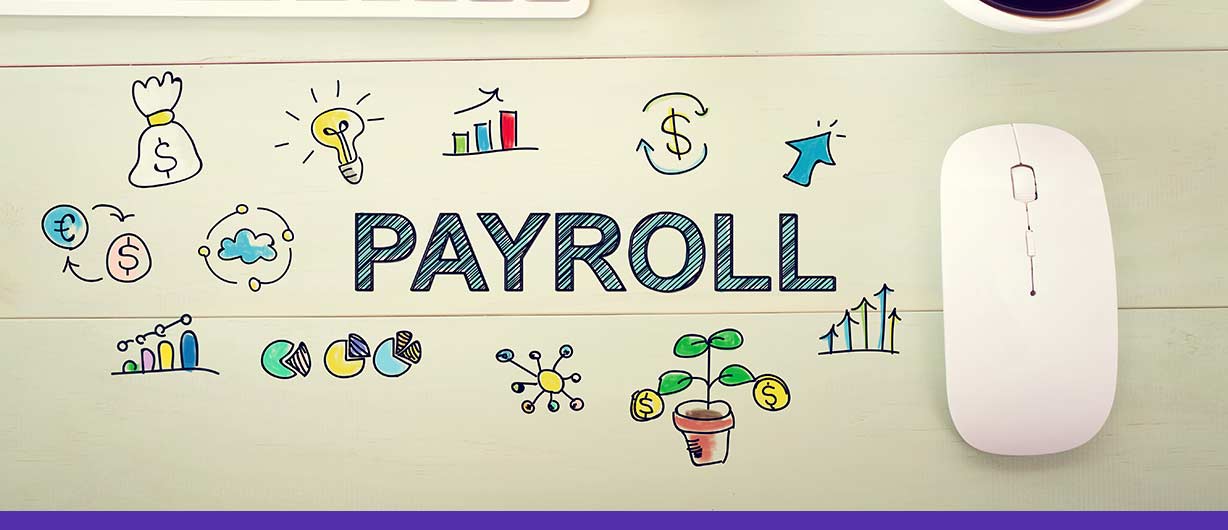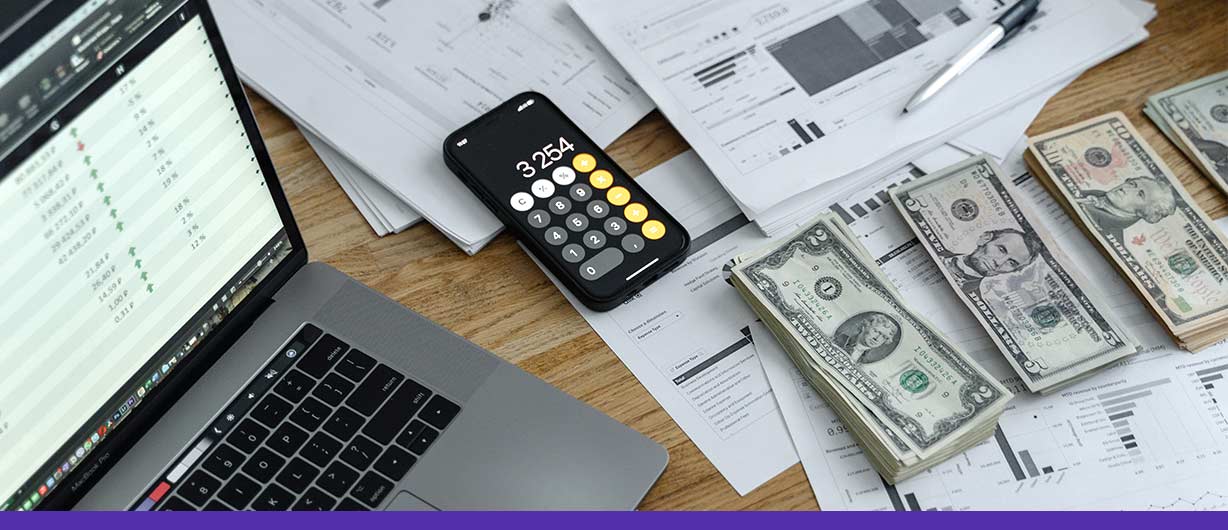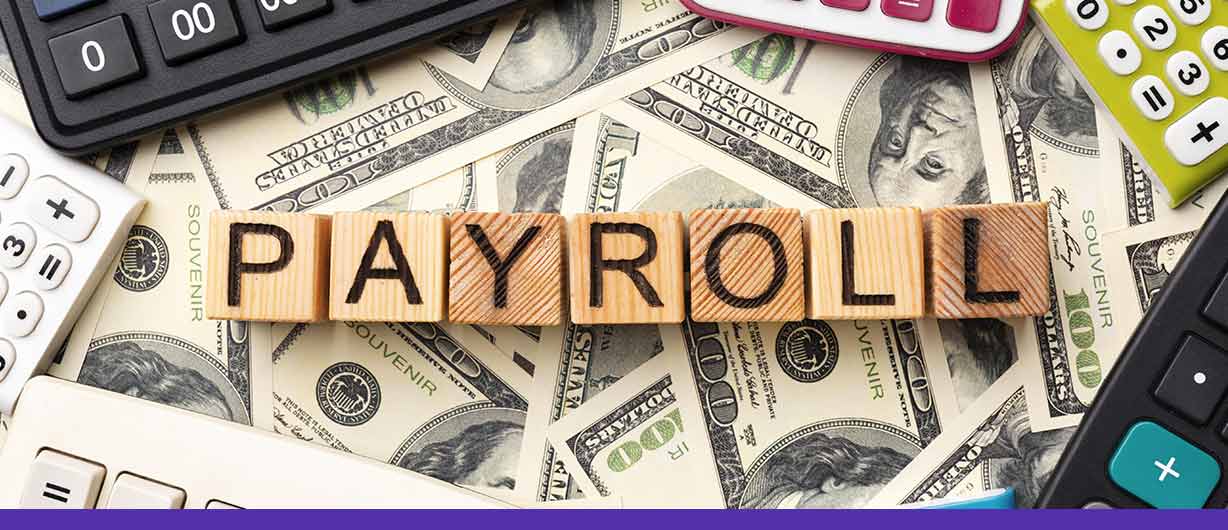August 2 2023 | By Farwah Jafri | 6 minutes Read

What is paperless payroll?
Benefits of paperless payroll
1. Enhanced Efficiency and Accuracy
2. Time and Cost Savings
3. Increased Accessibility and Transparency
4. Improved Security and Compliance
5. Environmentally Friendly Approach
What are paperless pay options?
1. Direct Deposit
2. Electronic Pay Statements
3. Payroll Cards
4. Online Payroll Systems
5. Mobile Apps
Are there any regulations to consider for paperless payroll?
1. Electronic Signature Laws
2. Data Privacy and Security
3. Recordkeeping Requirements
4. Payroll Reporting
5. Electronic Fund Transfers
6. Employee Consent
7. Accessibility
8. Wage and Hour Laws
9. Jurisdictional Taxes
Endnote
In this digital age, businesses continually seek innovative solutions to streamline operations and maximize productivity. One area that has undergone a significant transformation is payroll management. Gone are the days of tedious paperwork, manual calculations, and stacks of pay stubs. Enter paperless payroll, an efficient and eco-friendly system that revolutionizes how employers handle employee compensation. This blog post will explore the advantages of embracing a paperless payroll system and how it can positively impact your organization.
Paperless payroll refers to digitizing and automating the entire payroll process, eliminating the need for physical documents, and embracing technology-driven solutions. Employers can efficiently manage payroll activities using secure online platforms and software, such as generating pay stubs, calculating wages, and distributing payments, all without the hassle of traditional paper-based systems.
So, why is paperless payroll gaining popularity among employers across industries? The answer lies in the numerous benefits it offers.
One of the primary benefits of paperless payroll is the significant improvement in efficiency and accuracy. By automating the entire process, employers can minimize errors that often occur in manual calculations or when handling physical documents. Automated systems ensure precise calculations, reducing the chances of costly mistakes that can lead to compliance issues or employee dissatisfaction.
Paper-based payroll systems demand extensive time and resources. The manual preparation, printing, and distribution of paychecks or pay stubs can be time-consuming and labor-intensive. With paperless payroll, employers can eliminate these tedious tasks and focus on more strategic aspects of their business. Additionally, reducing paper and printing costs can translate into significant financial savings in the long run.
A digital payroll system provides unparalleled accessibility and transparency for employers and employees. By storing payroll data securely in the cloud, authorized personnel can access information anytime, anywhere, using their computers or mobile devices. Employees can conveniently view their pay stubs, track their earnings, and access important financial documents online, empowering them to take control of their finances.
Maintaining the security and confidentiality of sensitive payroll information is paramount for any organization. Paperless payroll ensures enhanced security by implementing robust encryption measures and access controls. Moreover, digital systems facilitate easier adherence to compliance regulations, as they can automatically calculate tax deductions, generate tax forms, and keep track of changing labor laws, reducing the risk of non-compliance penalties.
The transition to paperless payroll aligns with sustainable practices, making it an environmentally friendly choice. By reducing paper usage, organizations can contribute to conservation efforts and minimize their carbon footprint. Going paperless showcases your commitment to corporate social responsibility and attracts environmentally conscious talent and customers.
Paperless pay options refer to electronic methods of delivering and managing employee pay stubs, statements, and related payroll information, without physical paper documents. These options aim to streamline payroll processes, reduce administrative costs, and enhance sustainability by minimizing paper usage. Here are some common paperless pay options:
Employees can receive their wages electronically deposited directly into their bank accounts. It eliminates the need for physical paychecks and allows for convenient and secure fund transfers.
Instead of printing and distributing paper pay stubs, electronic pay statements are generated and made available to employees through an online portal or email. These statements provide detailed information about earnings, deductions, taxes, and other relevant payroll data.
Some employers offer payroll or prepaid debit cards as an alternative to paper checks. Employees receive a reloadable card onto which their wages are loaded electronically. They can then use the card for purchases, withdrawals, or transfers.
Companies may utilize online payroll platforms that allow employees to access their pay information, update personal details, view pay history, and make changes to tax withholding and direct deposit preferences. These systems offer a centralized hub for managing payroll-related tasks.
Many organizations offer mobile applications enabling employees to access their pay information and perform payroll-related tasks conveniently from their smartphones. These apps often provide additional features like expense tracking, timekeeping, and tax calculators.
By adopting paperless pay options, companies can improve efficiency, enhance data security, reduce environmental impact, and provide employees with convenient access to their pay information.
Yes, there are. It’s important to consult with accounting professionals or relevant government agencies to ensure compliance with specific regulations in your location.
Here are some common considerations:
Check the legal requirements for electronic signatures in your jurisdiction. Some countries have specific laws that govern the use of electronic signatures for employment-related documents.
When implementing paperless payroll, you must ensure employee data security and privacy. Compliance with data protection regulations, such as the General Data Protection Regulation (GDPR) in the European Union, may be required.
Many jurisdictions have laws and regulations regarding the retention and storage of employment records. Ensure your electronic payroll system meets these requirements and maintains accurate and accessible records.
Research the specific reporting obligations related to payroll in your jurisdiction. These may include tax filings, social security contributions, and other statutory reporting requirements. Verify if electronic submission is acceptable for these reports.
If you plan to use electronic funds transfers for payroll, comply with relevant banking regulations and payment system rules, such as those provided by financial institutions and payment processors.
In some jurisdictions, you may need to obtain employee consent to electronically deliver pay stubs and other payroll-related documents. Familiarize yourself with the consent requirements and the methods for obtaining and documenting consent.
Ensure that your electronic payroll system is accessible to employees with disabilities, complying with accessibility standards and regulations where applicable.
Verify that your paperless payroll system accurately calculates and records employee hours, overtime, and other wage-related information under applicable wage and hour laws.
Pay attention to tax regulations specific to your jurisdiction. It includes proper withholding and reporting income taxes, payroll taxes, and other applicable taxes.
As technology advances, businesses must adapt and embrace more efficient solutions. Paperless payroll offers many benefits, including increased efficiency, time and cost savings, improved accessibility and transparency, enhanced security and compliance, and a positive environmental impact. By embracing this digital transformation, employers can revolutionize their payroll processes, foster employee satisfaction, and position themselves at the forefront of innovation in the corporate world. So why wait? Join today’s paperless payroll revolution with Monily and unlock the potential for a more streamlined and sustainable future.
Also Read: A Small Business Guide To Payroll Management
Subscribe for business tips, tax updates, financial fundamentals and more.
MORE BLOGS

Running a small business comes with a multitude of responsibilities, and one of the most crucial aspects is managing and setting up payroll. Ensuring that your […]
Learn More →
This comprehensive guide delves deep into payroll accounting, unraveling its core concepts, best practices, and legal implications. Whether seeking insights into the payroll process or aiming […]
Learn More →
When a company opts for payroll outsourcing, it typically involves transferring various payroll functions to the external service provider. These functions may include calculating employee wages, […]
Learn More →